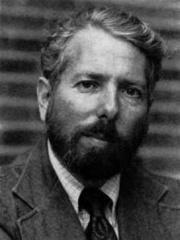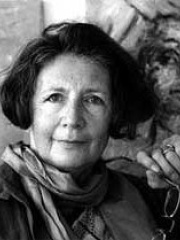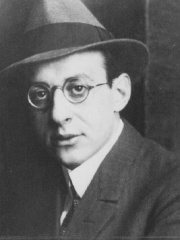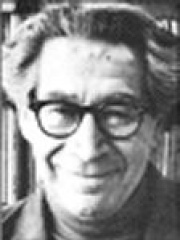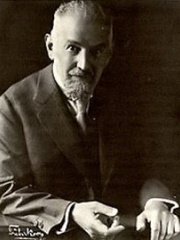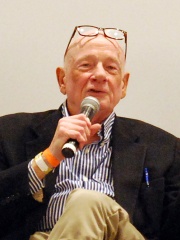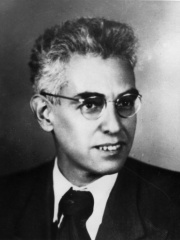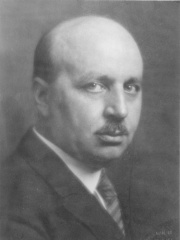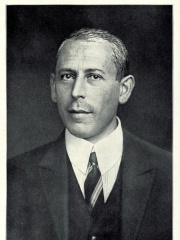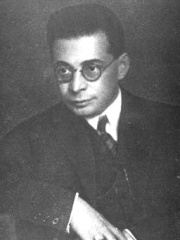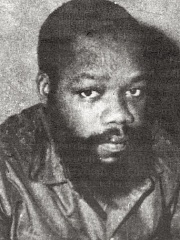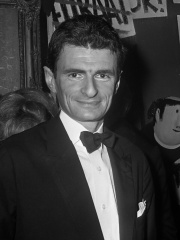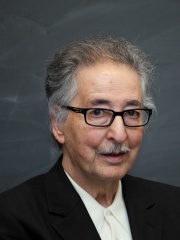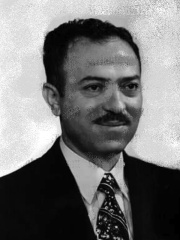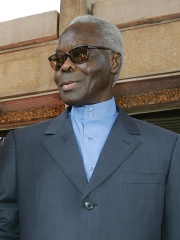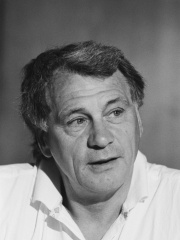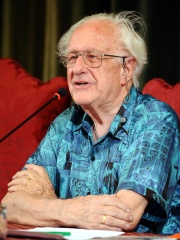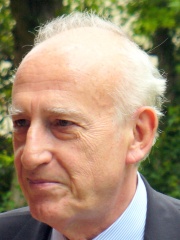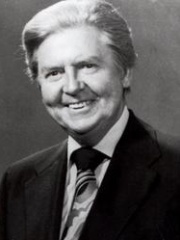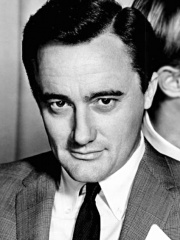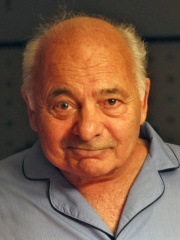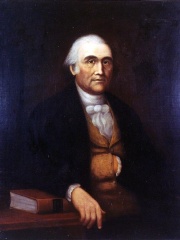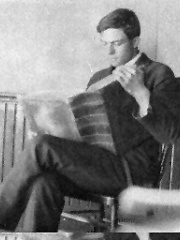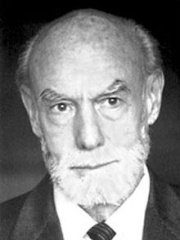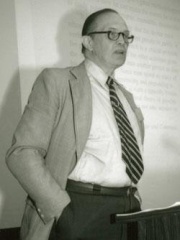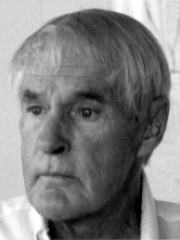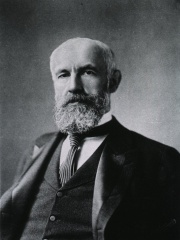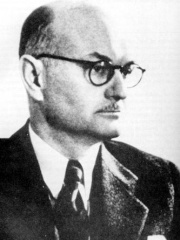PSYCHOLOGIST
Philip Zimbardo
1933 - 2024

 Philip Zimbardo
Philip Zimbardo
Philip George Zimbardo (; March 23, 1933 – October 14, 2024) was an American psychologist and a professor at Stanford University. He was an internationally known educator, researcher, author and media personality in psychology who authored more than 500 articles, chapters, textbooks, and trade books covering a wide range of topics, including time perspective, cognitive dissonance, the psychology of evil, persuasion, cults, deindividuation, shyness, and heroism. He became known for his 1971 Stanford prison experiment, which was later criticized as being based on biased science. He authored various widely used, introductory psychology textbooks for college students, and other notable works, including Shyness, The Lucifer Effect, and The Time Paradox. Read more on Wikipedia
His biography is available in 44 different languages on Wikipedia (up from 41 in 2024). Philip Zimbardo is the 66th most popular psychologist, the 1,268th most popular biography from United States (down from 1,067th in 2019) and the 23rd most popular American Psychologist.
Philip Zimbardo is most famous for his Stanford Prison Experiment. In the experiment, Zimbardo set up a fake prison in the basement of the Stanford psychology department and assigned volunteers to be either guards or prisoners. The experiment was supposed to last two weeks, but it was terminated after six days because the guards became so abusive.
Memorability Metrics
Page views of Philip Zimbardo by language
Among PSYCHOLOGISTS
Among psychologists, Philip Zimbardo ranks 66 out of 235. Before him are Stanley Milgram, Alice Miller, Fritz Perls, Leon Festinger, William Stern, and Raymond Moody. After him are Bruno Bettelheim, Alexander Luria, Karl Bühler, Margaret Mahler, Karl Abraham, and Otto Rank.
Most Popular Psychologists in Wikipedia
Go to all RankingsStanley Milgram
1933 - 1984
HPI: 69.15
Rank: 60
Alice Miller
1923 - 2010
HPI: 69.14
Rank: 61
Fritz Perls
1893 - 1970
HPI: 68.90
Rank: 62
Leon Festinger
1919 - 1989
HPI: 68.89
Rank: 63
William Stern
1871 - 1938
HPI: 68.86
Rank: 64
Raymond Moody
1944 - Present
HPI: 68.86
Rank: 65
Philip Zimbardo
1933 - 2024
HPI: 68.72
Rank: 66
Bruno Bettelheim
1903 - 1990
HPI: 68.62
Rank: 67
Alexander Luria
1902 - 1977
HPI: 68.51
Rank: 68
Karl Bühler
1879 - 1963
HPI: 68.37
Rank: 69
Margaret Mahler
1897 - 1985
HPI: 68.35
Rank: 70
Karl Abraham
1877 - 1925
HPI: 68.34
Rank: 71
Otto Rank
1884 - 1939
HPI: 68.19
Rank: 72
Contemporaries
Among people born in 1933, Philip Zimbardo ranks 66. Before him are Richard Rogers, C. Odumegwu Ojukwu, Jerzy Kosiński, Abolhassan Banisadr, Than Shwe, and Ahmad al-Khatib. After him are William Luther Pierce, Mohammad-Ali Rajai, Mathieu Kérékou, Bobby Robson, David McCallum, and Willie Nelson. Among people deceased in 2024, Philip Zimbardo ranks 62. Before him are Johan Galtung, Luigi Riva, Yahya Sinwar, Caterina Valente, Juan Vicente Pérez, and Ebrahim Raisi. After him are Maurizio Pollini, Andreas Brehme, Susan Wojcicki, Bernard Hill, Renato Martino, and Carl Weathers.
Others Born in 1933
Go to all RankingsRichard Rogers
ARCHITECT
1933 - 2021
HPI: 68.99
Rank: 60
C. Odumegwu Ojukwu
POLITICIAN
1933 - 2011
HPI: 68.97
Rank: 61
Jerzy Kosiński
WRITER
1933 - 1991
HPI: 68.94
Rank: 62
Abolhassan Banisadr
POLITICIAN
1933 - 2021
HPI: 68.91
Rank: 63
Than Shwe
POLITICIAN
1933 - Present
HPI: 68.75
Rank: 64
Ahmad al-Khatib
POLITICIAN
1933 - 1982
HPI: 68.74
Rank: 65
Philip Zimbardo
PSYCHOLOGIST
1933 - 2024
HPI: 68.72
Rank: 66
William Luther Pierce
SOCIAL ACTIVIST
1933 - 2002
HPI: 68.65
Rank: 67
Mohammad-Ali Rajai
POLITICIAN
1933 - 1981
HPI: 68.50
Rank: 68
Mathieu Kérékou
POLITICIAN
1933 - 2015
HPI: 68.49
Rank: 69
Bobby Robson
SOCCER PLAYER
1933 - 2009
HPI: 68.48
Rank: 70
David McCallum
ACTOR
1933 - 2023
HPI: 68.47
Rank: 71
Willie Nelson
MUSICIAN
1933 - Present
HPI: 68.43
Rank: 72
Others Deceased in 2024
Go to all RankingsJohan Galtung
POLITICAL SCIENTIST
1930 - 2024
HPI: 69.27
Rank: 56
Luigi Riva
SOCCER PLAYER
1944 - 2024
HPI: 69.24
Rank: 57
Yahya Sinwar
POLITICIAN
1962 - 2024
HPI: 69.13
Rank: 58
Caterina Valente
SINGER
1931 - 2024
HPI: 69.12
Rank: 59
Juan Vicente Pérez
RELIGIOUS FIGURE
1909 - 2024
HPI: 68.92
Rank: 60
Ebrahim Raisi
POLITICIAN
1960 - 2024
HPI: 68.80
Rank: 61
Philip Zimbardo
PSYCHOLOGIST
1933 - 2024
HPI: 68.72
Rank: 62
Maurizio Pollini
COMPOSER
1942 - 2024
HPI: 68.55
Rank: 63
Andreas Brehme
SOCCER PLAYER
1960 - 2024
HPI: 68.55
Rank: 64
Susan Wojcicki
POLITICIAN
1968 - 2024
HPI: 68.55
Rank: 65
Bernard Hill
ACTOR
1944 - 2024
HPI: 68.42
Rank: 66
Renato Martino
RELIGIOUS FIGURE
1932 - 2024
HPI: 68.41
Rank: 67
Carl Weathers
ACTOR
1948 - 2024
HPI: 68.39
Rank: 68
In United States
Among people born in United States, Philip Zimbardo ranks 1,268 out of 20,380. Before him are Vincent J. McMahon (1914), Mickey Rourke (1952), Robert Vaughn (1932), Burt Young (1940), Winona Ryder (1971), and Robert Smith (1757). After him are Catharine MacKinnon (1946), Rey Mysterio (1974), Billy Joel (1949), Anna Lee Fisher (1949), Ray Tomlinson (1941), and Stan Getz (1927).
Others born in United States
Go to all RankingsVincent J. McMahon
BUSINESSPERSON
1914 - 1984
HPI: 68.76
Rank: 1,262
Mickey Rourke
ACTOR
1952 - Present
HPI: 68.75
Rank: 1,263
Robert Vaughn
ACTOR
1932 - 2016
HPI: 68.74
Rank: 1,264
Burt Young
ACTOR
1940 - 2023
HPI: 68.73
Rank: 1,265
Winona Ryder
ACTOR
1971 - Present
HPI: 68.73
Rank: 1,266
Robert Smith
POLITICIAN
1757 - 1842
HPI: 68.72
Rank: 1,267
Philip Zimbardo
PSYCHOLOGIST
1933 - 2024
HPI: 68.72
Rank: 1,268
Catharine MacKinnon
SOCIAL ACTIVIST
1946 - Present
HPI: 68.71
Rank: 1,269
Rey Mysterio
WRESTLER
1974 - Present
HPI: 68.71
Rank: 1,270
Billy Joel
SINGER
1949 - Present
HPI: 68.71
Rank: 1,271
Anna Lee Fisher
ASTRONAUT
1949 - Present
HPI: 68.71
Rank: 1,272
Ray Tomlinson
INVENTOR
1941 - 2016
HPI: 68.71
Rank: 1,273
Stan Getz
MUSICIAN
1927 - 1991
HPI: 68.70
Rank: 1,274
Among PSYCHOLOGISTS In United States
Among psychologists born in United States, Philip Zimbardo ranks 23. Before him are Milton H. Erickson (1901), Martin Seligman (1942), Roger Wolcott Sperry (1913), Stanley Milgram (1933), Leon Festinger (1919), and Raymond Moody (1944). After him are Mary Ainsworth (1913), George Armitage Miller (1920), Timothy Leary (1920), G. Stanley Hall (1846), Edward C. Tolman (1886), and Harry Stack Sullivan (1892).
Milton H. Erickson
1901 - 1980
HPI: 70.50
Rank: 17
Martin Seligman
1942 - Present
HPI: 69.50
Rank: 18
Roger Wolcott Sperry
1913 - 1994
HPI: 69.46
Rank: 19
Stanley Milgram
1933 - 1984
HPI: 69.15
Rank: 20
Leon Festinger
1919 - 1989
HPI: 68.89
Rank: 21
Raymond Moody
1944 - Present
HPI: 68.86
Rank: 22
Philip Zimbardo
1933 - 2024
HPI: 68.72
Rank: 23
Mary Ainsworth
1913 - 1999
HPI: 67.97
Rank: 24
George Armitage Miller
1920 - 2012
HPI: 67.25
Rank: 25
Timothy Leary
1920 - 1996
HPI: 67.14
Rank: 26
G. Stanley Hall
1846 - 1924
HPI: 66.81
Rank: 27
Edward C. Tolman
1886 - 1959
HPI: 66.67
Rank: 28
Harry Stack Sullivan
1892 - 1949
HPI: 66.39
Rank: 29
